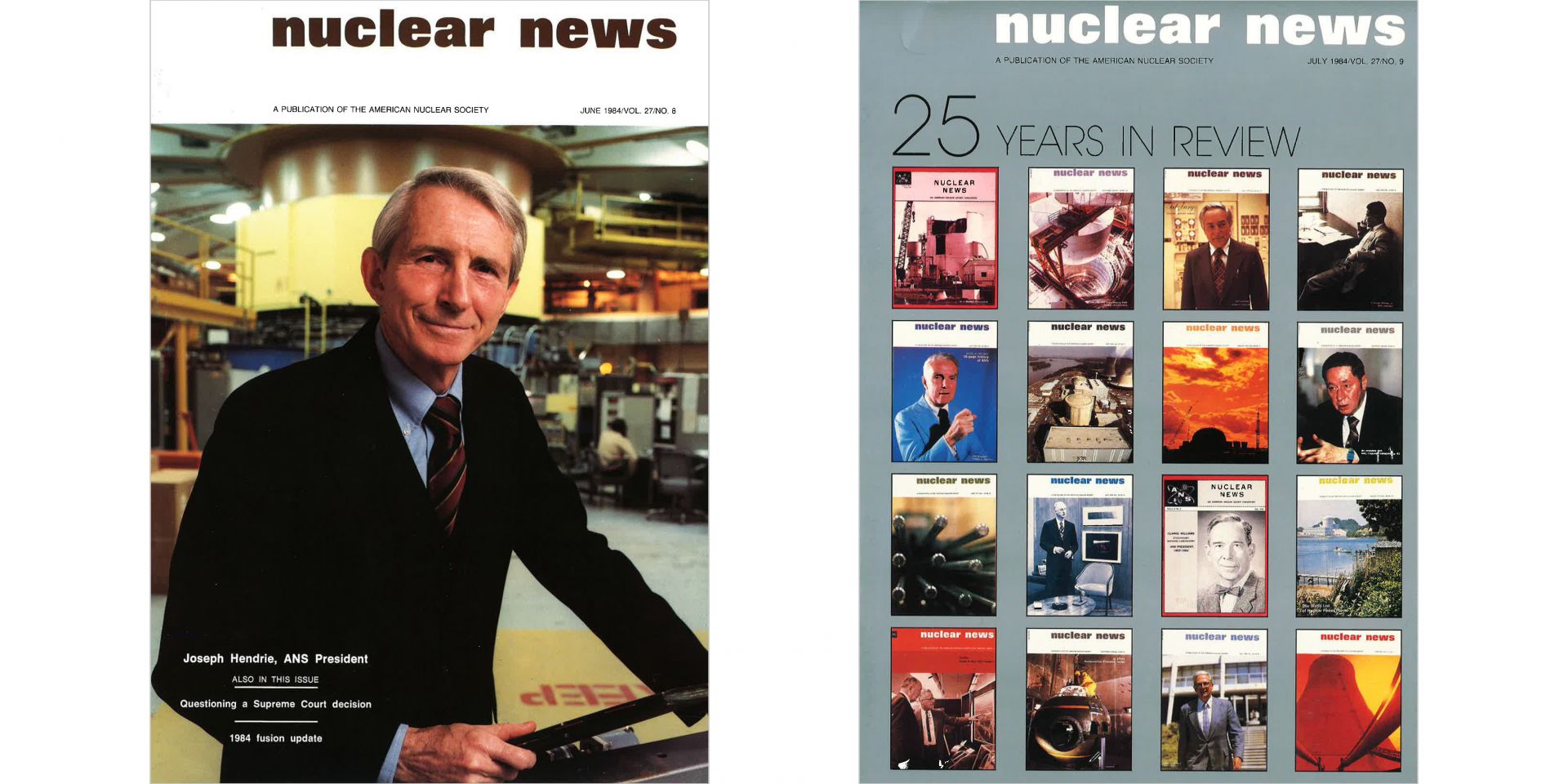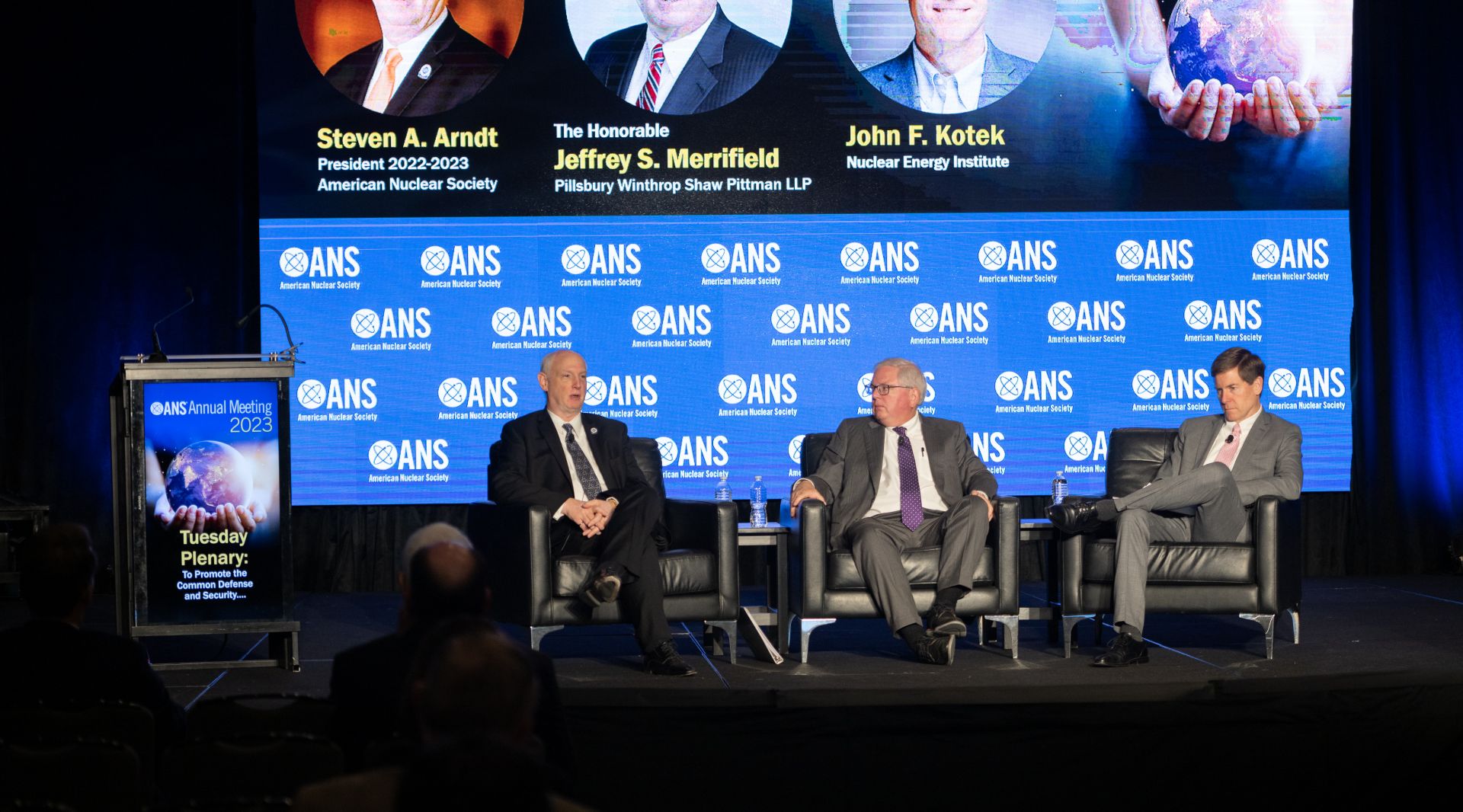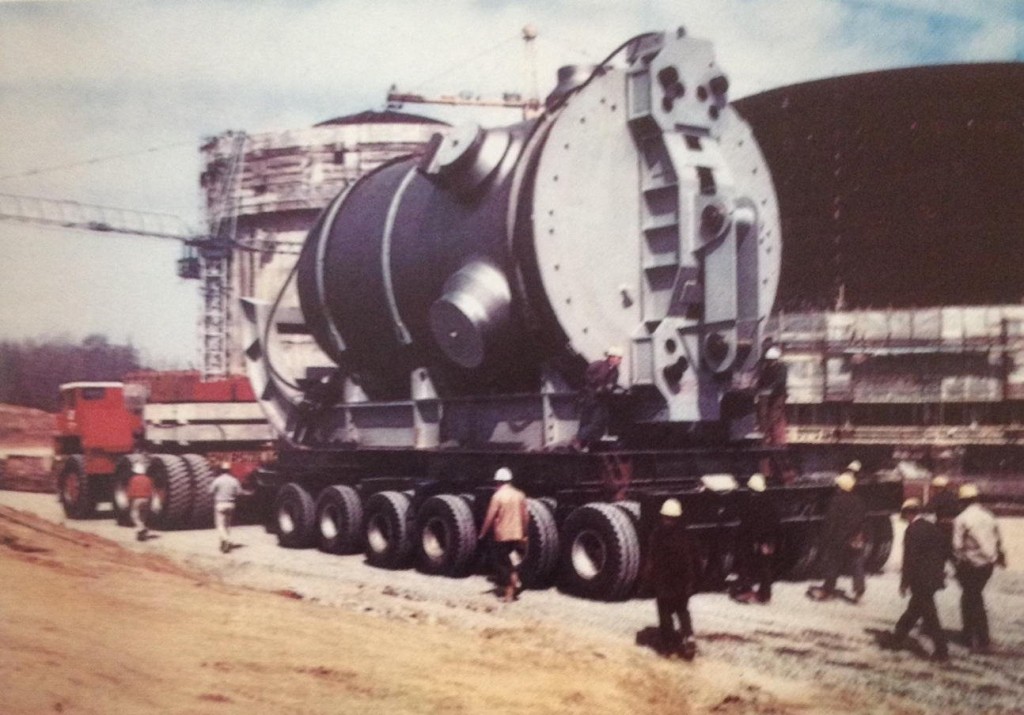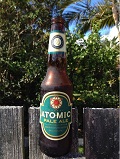ANS immediate past president Steven Arndt, Jeffrey Merrifield, and John Kotek on stage at the ANS annual meeting President's Plenary.
At the 2023 ANS Annual Meeting, Steven Arndt (as of the close of the meeting, ANS immediate past president) led a president’s session on the mission of the Nuclear Regulatory Commission—a not particularly surprising topic, given that he spent over 30 years at the agency in various roles.
Since 1957, the Advisory Committee on Reactor Safeguards has had a continuing statutory responsibility for providing independent reviews of, and advising on, the safety of proposed or existing reactor facilities and the adequacy of proposed reactor safety standards in the United States.
The 1957 amendment to the Atomic Energy Act of 1954 established the Advisory Committee On Reactor Safeguards as a statutory committee with an independent advisory role and the responsibility to “review safety studies and facility license applications” and advise the U.S. Atomic Energy Commission “with regard to the hazards of proposed or existing reactor facilities and the adequacy of reactor safety standards.” With the enactment of the Energy Reorganization Act of 1974, the ACRS was assigned to the newly established Nuclear Regulatory Commission with its statutory requirements intact.
Front face of the B Reactor at the Hanford Site. (Photo: DOE)
In remote southeastern Washington you will find the sprawling Hanford Site, which was constructed to produce plutonium for the Manhattan Project. Within this complex is the first plutonium production reactor, the Hanford B Reactor. The DuPont Corporation was responsible for construction and operation of the B Reactor. Due to the urgency of the Manhattan Project, construction was completed in just over a year, and The B Reactor went critical on September 26, 1944. After the needs of the Manhattan Project were satisfied, the reactor was briefly shut down and then restarted to produce plutonium for roughly another 20 years, supporting Cold War efforts. In addition to plutonium production, the B Reactor also pioneered the process to produce tritium for the first-ever thermonuclear test.
A replica of the chianti bottle signed by many of those present on December 2, 1942, alongside the image of a document signed 20 years later by most of those present (Photo: ANL); a portion of a photo of CP-1 scientists taken on December 2, 1946 (Photo: ANL); January 1993 Nuclear News coverage of CP-1 50th anniversary commemorations during the 1992 ANS Winter Meeting.
Nuclear Newswire is back with the final #ThrowbackThursday post honoring the 80th anniversary of Chicago Pile-1 with offerings from past issues of Nuclear News. On November 17, we took a look at the lead-up to the first controlled nuclear chain reaction and on December 1, the events of December 2, 1942, the day a self-sustaining nuclear fission reaction was created and controlled inside a pile of graphite and uranium assembled on a squash court at the University of Chicago’s Stagg Field.
The Portsmouth Gaseous Diffusion Plant. (Photo: DOE)
The Department of Energy’s Office of Environmental Management has renewed a $2.5 million grant to Ohio University to support community redevelopment around the DOE’s Portsmouth Site. Since 2016, the DOE has provided a total of $8.2 million to the university for work with the communities.
The DOE grant, which began on October 1, will be administered over five years through September 30, 2027. A previous grant expired on September 30.
An aerial view of Westinghouse’s Columbia Fuel Fabrication Facility in Hopkins, S.C. (Photo: Westinghouse)
The Nuclear Regulatory Commission yesterday announced that it has issued a renewed license for Westinghouse Electric Company’s Columbia Fuel Fabrication Facility (CFFF), authorizing operations at the plant for another 40 years—through September 12, 2062.
Located in Hopkins, S.C., the CFFF manufactures fuel rods for use in commercial nuclear reactors. According to Westinghouse, 10 percent of the nation’s electricity comes from the fuel manufactured at the facility.










 Science historian Alex Wellerstein recently wrote of a series of nuclear weapons tests conducted in 1955 at the Nevada Test Site, known as Operation Teapot. Among the important civil defense questions explored at the time was: What will the survivors drink after a nuclear apocalypse?
Science historian Alex Wellerstein recently wrote of a series of nuclear weapons tests conducted in 1955 at the Nevada Test Site, known as Operation Teapot. Among the important civil defense questions explored at the time was: What will the survivors drink after a nuclear apocalypse?